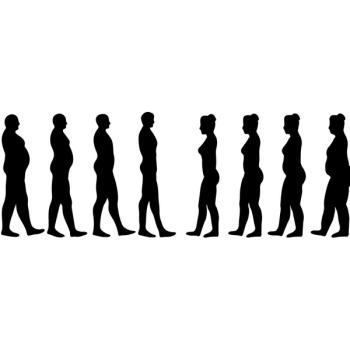
Cannabis, Pain Relief, and the Sexes: Differential Benefit Explored
In animal models, pain relief from cannabis has been found to be greater in females; new research on pain relief from inhaled cannabis in regular users found something different.
In their research on the impact of inhaled cannabis on acute pain relief for headache and migraine and for muscle, joint, and nerve pain, Drs Carrie Cuttler and Rebecca Craft from the Department of Psychology at Washington State University, assessed the influence of sex on degree of relief of pain from the various conditions.
The findings were a surprise, for a variety of reasons. In this video, Dr Craft discusses the results.
Cuttler, Craft, and colleagues
In the second study, the team
For the other videos in this interview series:
The following transcript has been edited lightly for clarity.
Patient Care Online: I'd like to go a little more into the differences by sex and ask Dr Craft about the implications of those results and whether they also mirrored results that you see in your preclinical studies?
Rebecca Craft, PhD: I think we were actually kind of surprised, at least in the first study, by the gender difference that we saw, because the animal studies that my laboratory has done and a few others suggest that THC, at least, is more potent in producing pain relief in females. So we actually predicted that women would report that cannabis was more effective compared to men. But in fact, we got the opposite.
A couple of laboratory studies have been done to compare the acute analgesic effects of cannabis or cannabinoids in men and women. And those are really variable in their reports. But what looks like might be happening, if you look at acute or first use, females are indeed more sensitive than males, probably across species. But with repeated use, females develop tolerance more readily than males do. And so the sex difference can go away, or it can reverse. And so my guess would be—and this is really speculation because we don't have the data to analyze in that way—that the reason we saw greater reductions in pain in men compared to women, is that these are folks who have been using cannabis for a while. We don't know how long, I mean, we know how long the study reports are, but we don't know how long they've actually been using. But presumably we do know that most of the people in the study, were entering data repeatedly. So making reports repeatedly over time. And we think it may be the case that the women are getting more tolerant than men. We didn't see that statistically. Is that correct?
Carrie Cuttler, PhD: Yes, it is; we didn't see that statistically. But I think that it makes sense.
Craft: So there wasn't a gender-by-time interaction, but that would be our guess based on some of the other literature that's emerging in both humans and animals.
Newsletter
Enhance your clinical practice with the Patient Care newsletter, offering the latest evidence-based guidelines, diagnostic insights, and treatment strategies for primary care physicians.






















































































































































































































































































